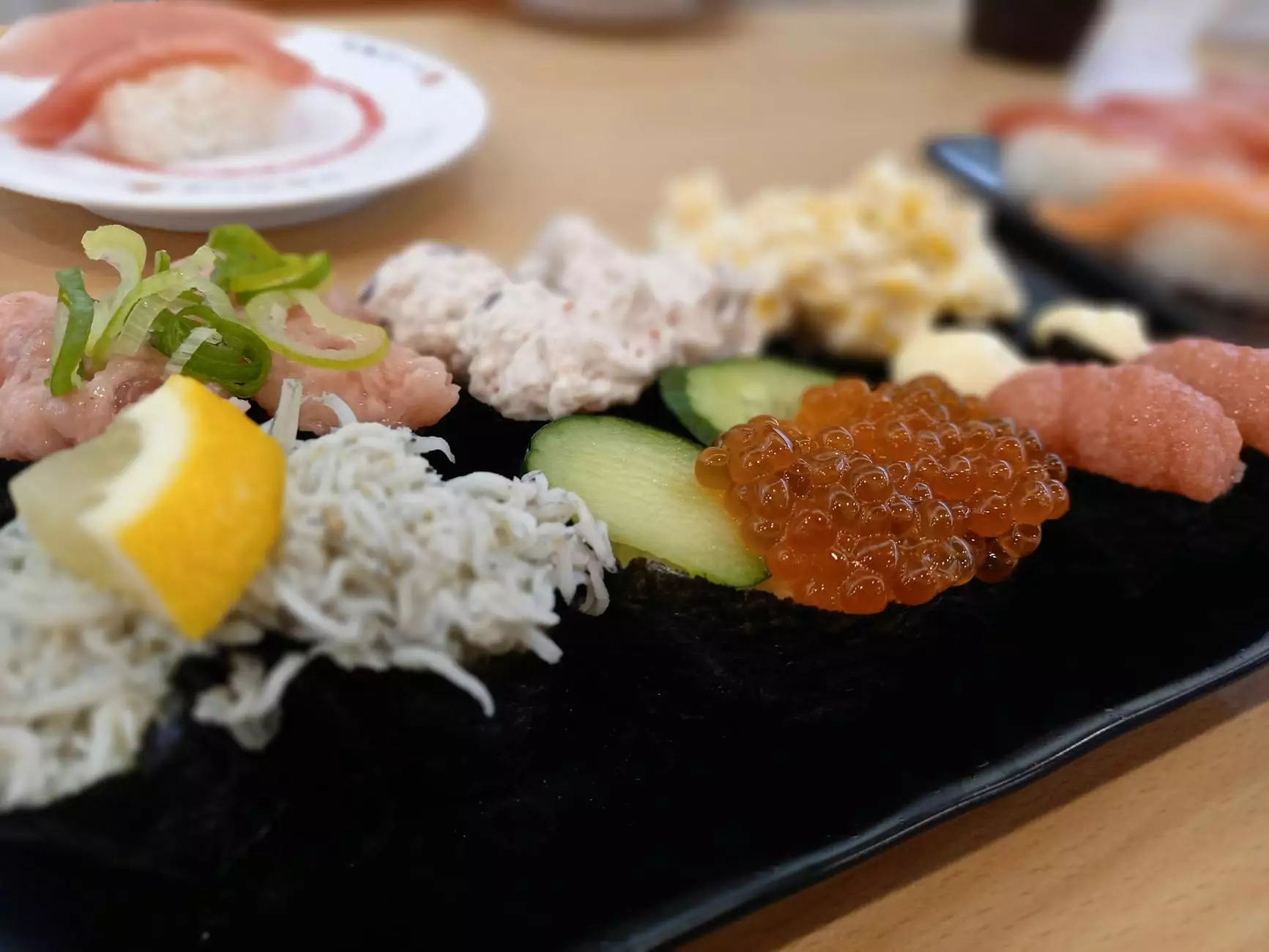Unlocking the Flavor: The Allure of Fresh Real Wasabi

Fresh real wasabi is not just a condiment; it's a transformative ingredient that can elevate your dining experience like never before. Unlike its common counterpart, horseradish, which is often labeled as wasabi, fresh wasabi offers a unique flavor profile and numerous health benefits that can make any dining experience more vibrant and memorable.
The History of Wasabi: A Culinary Treasure
To truly appreciate fresh real wasabi, one must understand its origins. Native to Japan, wasabi (Wasabia japonica) has been cultivated for centuries. Traditionally, this plant grows in the cool, flowing waters of mountain streams. The cultivation of wasabi is an art form, requiring precision and attention to detail. As demand for authentic Japanese cuisine grows globally, understanding the history of wasabi becomes essential in appreciating its value in culinary settings.
From Ancient Traditions to Modern Cuisine
The use of wasabi dates back to the 10th century, where it was celebrated not only for its unique taste but also for its medicinal properties. Today, it plays a crucial role in Japanese cuisine, especially in sushi and sashimi, where it enhances the fresh flavors of the seafood. Restaurants and sushi bars around the world are beginning to acknowledge the importance of serving fresh real wasabi instead of the common imitation versions that often fail to do justice to this exquisite ingredient.
The Difference Between Fresh Wasabi and Imitation Wasabi
Many people are unaware that most wasabi served in restaurants is not genuine wasabi. Instead, it is a mixture of horseradish, mustard powder, and green food coloring. The difference is substantial. Here are some key distinctions:
- Flavor Profile: Fresh real wasabi has a more delicate, nuanced flavor that is both sweet and slightly peppery, whereas imitation wasabi is often harsh and pungent.
- Health Benefits: Real wasabi contains antioxidants and has anti-inflammatory properties, providing various health advantages, unlike its imitation counterparts.
- Freshness: Genuine wasabi is best served fresh. Once grated, it loses its flavor quickly, making the experience of fresh wasabi irreplaceable.
Culinary Uses of Fresh Real Wasabi
Fresh wasabi's uses extend beyond sushi. Its versatility makes it a fantastic addition to many dishes. Here are some popular applications:
1. Sushi and Sashimi
The most well-known use of fresh real wasabi is undoubtedly in sushi and sashimi dishes. A small amount is placed alongside the fish to enhance the flavors, providing a mild kick that complements the freshness of the seafood.
2. Salad Dressings
Incorporating fresh wasabi into salad dressings can provide an exciting twist. Combine it with ingredients such as soy sauce, sesame oil, and vinegar for a zesty dressing that will elevate any fresh salad.
3. Marinades and Sauces
Fresh wasabi can be blended into marinades for meats or fish, offering a unique flavor that penetrates and enhances the dish. It's particularly popular in gourmet recipes, where its complexity adds depth.
4. Dips and Spreads
Create a wasabi-infused dip by mixing it with cream cheese, yogurt, or avocado. This creates a delicious spread that is both spicy and creamy, perfect for artisanal bread or crackers.
The Health Benefits of Fresh Real Wasabi
Beyond its culinary appeal, fresh wasabi is packed with health benefits that make it a smart addition to your diet. Here’s why incorporating wasabi can be beneficial:
- Rich in Antioxidants: Wasabi is loaded with antioxidants that help combat oxidative stress in the body, contributing to overall health.
- Anti-Inflammatory Properties: The compounds found in wasabi can help reduce inflammation, which is a common factor in many chronic diseases.
- Aids Digestion: Consuming fresh wasabi can stimulate digestion, enhancing gut health and comfort.
- Immune System Support: Wasabi contains nutrients that can help boost the immune system, keeping you healthy during cold and flu seasons.
Where to Find Fresh Real Wasabi
As awareness of the benefits and flavors of fresh wasabi grows, more restaurants and sushi bars are sourcing this exquisite ingredient. Some of the places to look include:
1. Specialty Japanese Restaurants
Many top-tier Japanese restaurants take pride in using fresh wasabi. It is always advisable to ask the chef or server if the wasabi served is fresh real wasabi.
2. Local Sushi Bars
Sushi bars that emphasize traditional techniques are more likely to offer authentic wasabi. These establishments often focus on the quality of their ingredients, making real wasabi a priority.
3. Online Retailers
For the adventurous home cook, several online retailers can ship fresh wasabi rhizomes directly to your door. Making fresh wasabi at home can be a fun and rewarding experience.
How to Prepare Fresh Real Wasabi
To enjoy the full benefits and flavors of fresh real wasabi, proper preparation is essential. Here’s how to do it:
Grating Fresh Wasabi
The ideal way to release the flavors of wasabi is by grating it. Here’s a simple process:
- Start with a Fresh Rhizome: Look for firm, unblemished wasabi rhizomes.
- Use a Grater: A traditional sharkskin grater or a fine microplane is best.
- Grate the Wasabi: Grate a small amount right before serving to enjoy the maximum flavor.
- Serve Immediately: Use fresh wasabi right after grating, as its flavor diminishes quickly.
Conclusion: Embrace the Freshness of Real Wasabi
In conclusion, fresh real wasabi is a culinary gem that brings a depth of flavor and numerous health benefits to the table. As consumers become more aware of the differences between fresh wasabi and its imitations, the demand for this exquisite ingredient continues to grow. Whether you're dining at a top restaurant or experimenting in your own kitchen, embracing fresh wasabi will undoubtedly enhance your culinary adventures.
For more information about sourcing fresh real wasabi and its culinary uses, visit realwasabi.com today!



